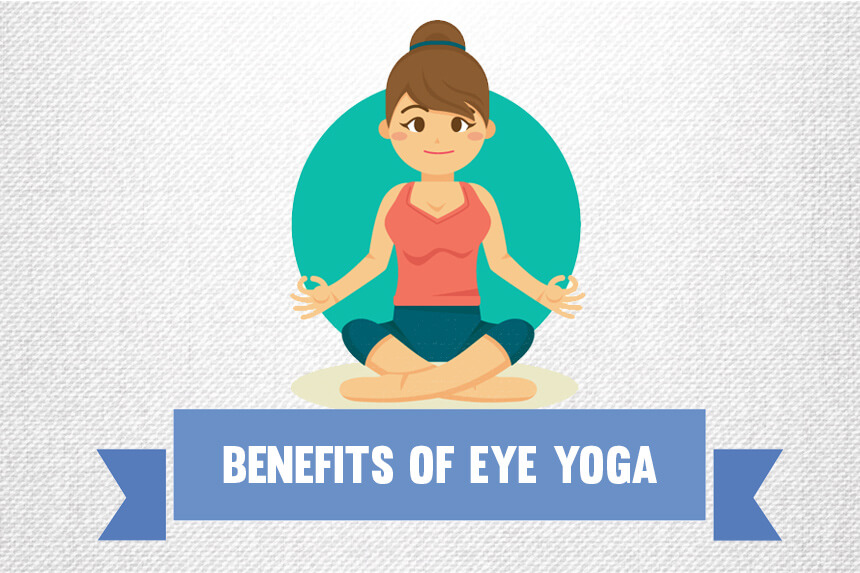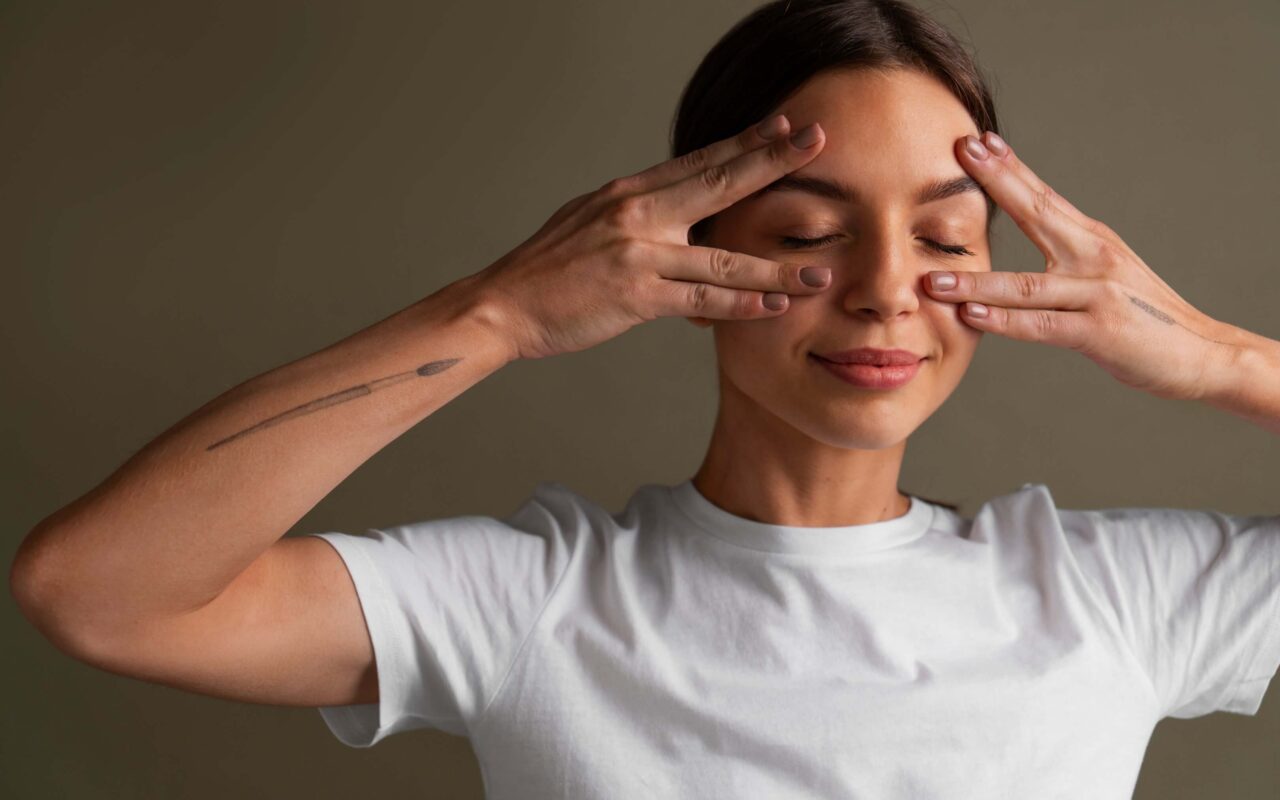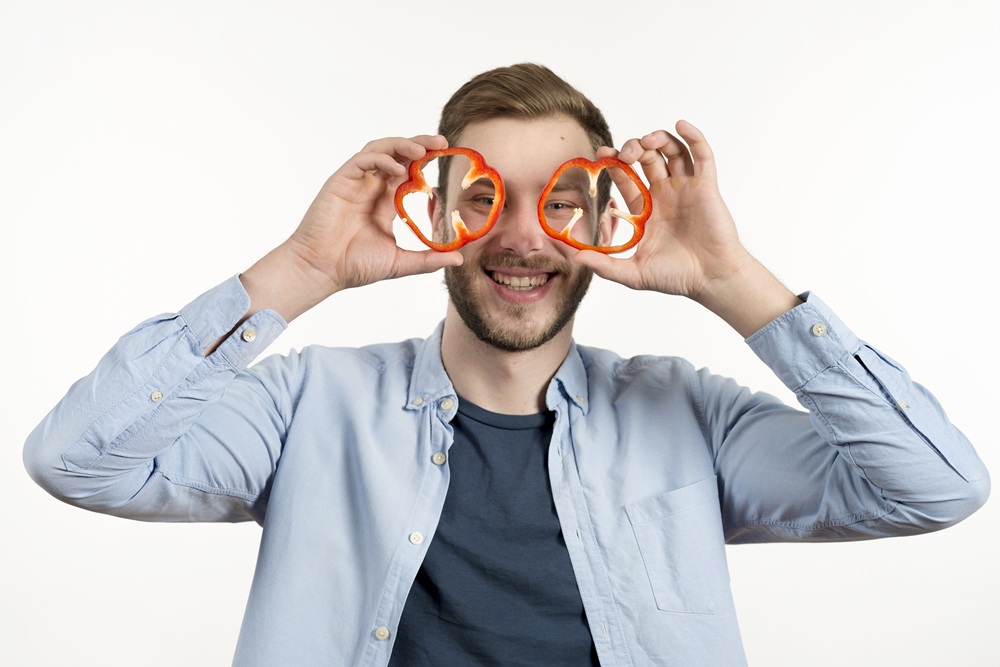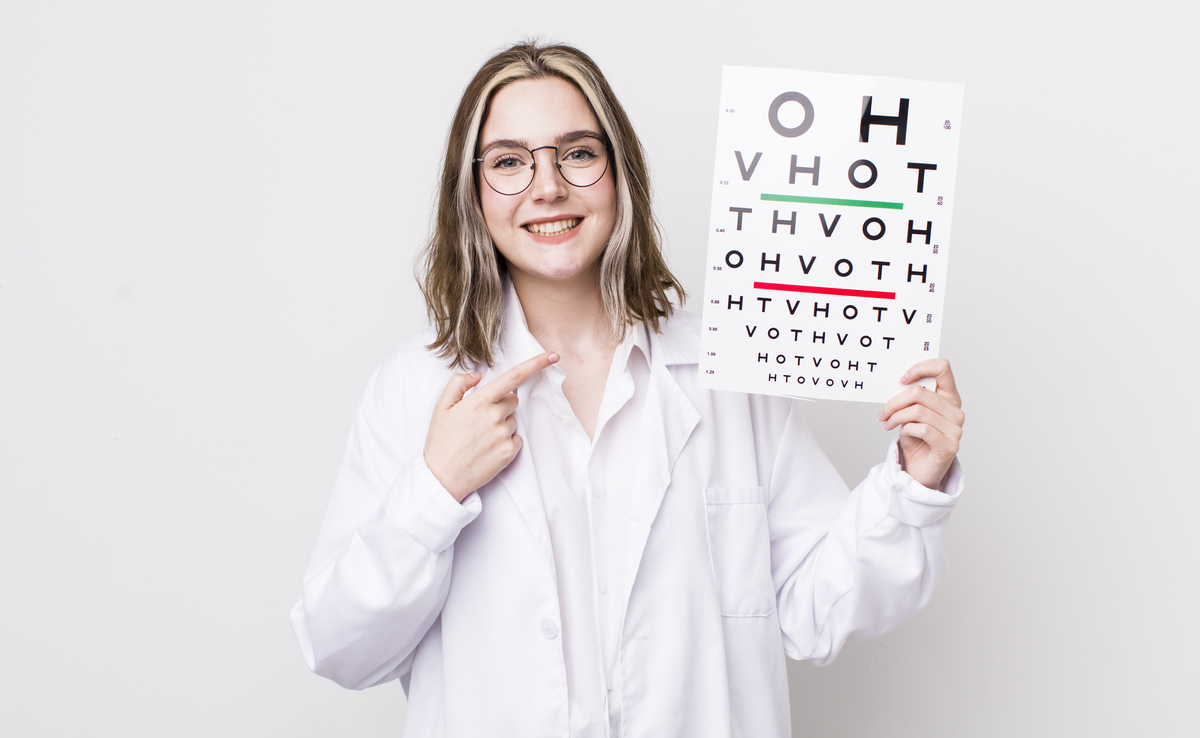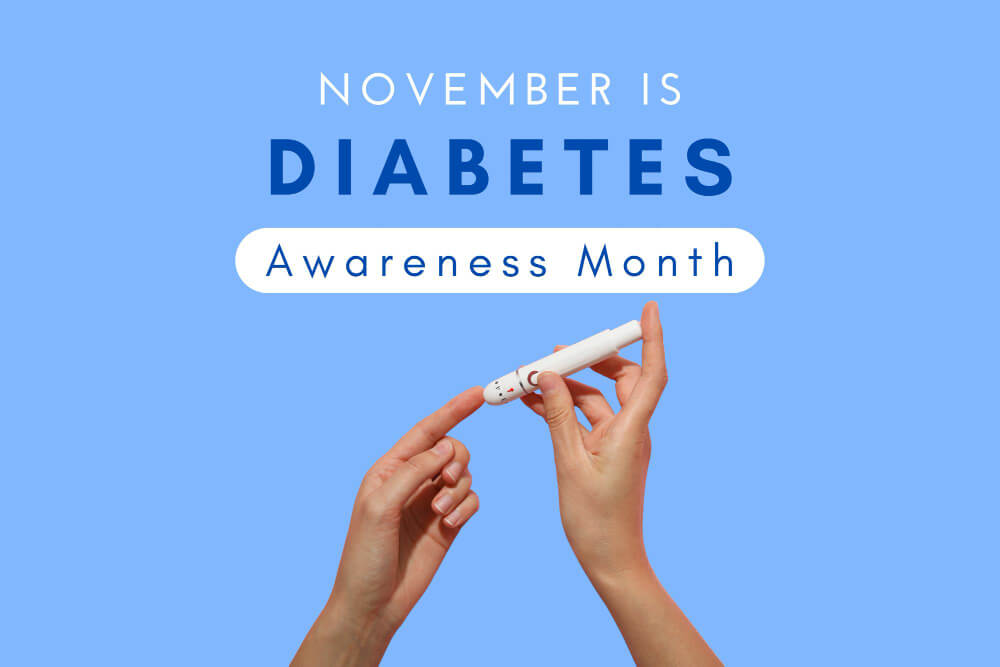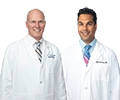A majority of us are guilty of ignoring sore and irritated eyes. While the ‘staying fit’ wave has engulfed most of us, eye health remains the most neglected aspect of our physical fitness. Sore, painful, and red eyes may all be indicators of a more serious problem other than mere eye strain. They may be indicators of the Dry Eye Syndrome.
What is Dry Eye Syndrome?
Dry eye syndrome is a condition in whereby the tear ducts don’t produce enough tears to maintain the normal level of lubrication. This eye health issue is related to dehydration because the eyes lose their ability to make tears. An adequate and consistent layer of tears on the surface of the eyes is vital for the normal functioning of your eyes. If neglected for long, this may turn into a chronic syndrome.
Let’s understand the various symptoms, treatment options, and how you can prevent this eye health issue with the help of some simple yet effective tips.
Symptoms of Dry Eye
- Sore Eyes
- Pain and irritation in the eyes
- Burning or a constant urge to scratch
- Redness
- Light sensitivity
- Watery eyes
- Blurred vision
- Problems with wearing contact lenses
Dry Eye Treatment Options
Here are some of the dry eye treatments which your eye doctor might prescribe:
- Use of OTC artificial tear solutions can help manage mild cases of dehydrated eyes. Choose preservative-free solutions as they contain minimal additives, which can irritate your eyes. It is, however, the least effective of all the dry eye treatments, and you may need to supplement it with additional options to completely treat dehydrated eyes.
- Conserving tears is another treatment option that can help reduce the symptoms of dry eyes. The tear ducts are blocked temporarily or permanently, depending on the severity of your case, to retain the available tears in the eyes for a longer period, thus reducing the dryness in your eyes.
- You may also be prescribed eye drops that boost tear production.
- If you are suffering from ocular surface inflammation, your ophthalmologist might prescribe ointments, warm compresses, eye drops, eyelid cleaners, or lid massage which helps reduce the inflammation.
Tips for Preventing Dry Eyes
Here are some simple yet effective tips to help prevent your eyes from drying out.
- The simplest solution is to drink plenty of water. This will avoid dehydration and in turn keep your eyes from drying out.
- Make a conscious effort to blink more frequently. This is crucial especially for those who work with digital screens. Blinking less results in or worsens the dry eye syndrome.
- Take frequent breaks while working on digital screens for long hours. Follow the 20-20-20 rule. Every 20 seconds, look away from your screen and look at something 20 feet away for at least 20 seconds. This will help protect your eyes from digital strain.
- Always wear good-quality sunglasses when stepping out in the sun. This will protect your eyes from dry winds and harmful UV rays. Give preference to the wrap-style frames as these will give maximum protection against wind, dust, and any other irritants that may cause or make the dry eye syndrome worse.
- In terms of nutrition, you can add fish such as salmon and sardines to your diet. The nutrients in fish oil can help relieve dry eyes.
- Make it a point to clean your eyelids when you wash your face before going to bed. You can use a warm compress or pre-moistened eyelid wipes available in the market to clean away the bacteria that may cause meibomian gland problems, which leads to dry eye syndrome.
- Those who wear contact lenses need to be more careful, as it may be difficult to gauge whether the dry eye condition is causing contact lens discomfort or the lenses are causing dry eyes. So, if you are wearing contacts and experience dry eyes, its best to discontinue wearing them while your eye treatment is in progress. You can also ask your eye doctor for LASIK eye surgery. It’s an almost painless vision correction surgery that helps you see your best.
If you, too, are experiencing blurred vision or other symptoms of dry eye for a long now, get in touch with us at InSight Vision Center in Fresno, CA, today. Our team of professionals will help you with every query and vision-related problem you might have.
Dr. Azhar I. Salahuddin is an ophthalmologist and is fellowship-trained in cornea, external diseases, and refractive surgery. Dr. Salahuddin has been performing cataract surgery for over 19 years and specializes ocular reconstruction, corneal transplantation surgery as well as vision correction through a variety of intraocular lenses. Dr. Salahuddin is board-certified by the American Board of Ophthalmology and was trained at Boston University.
